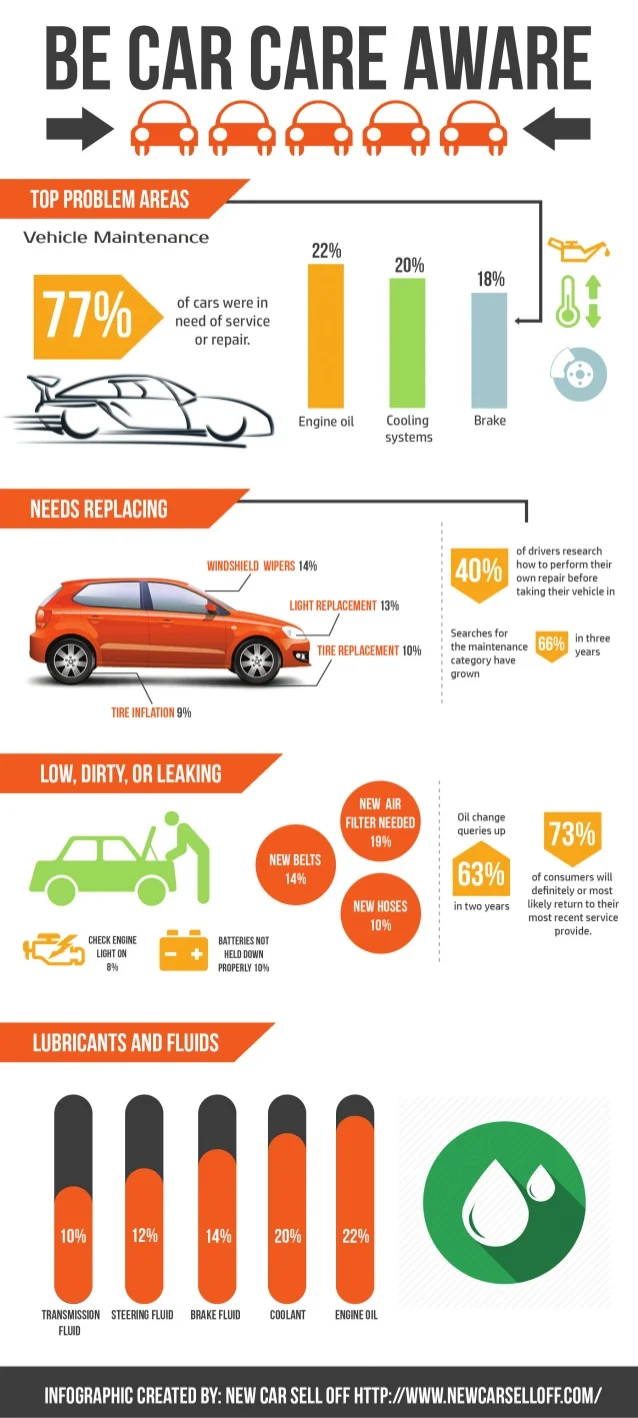Assessing Your Vehicle'S Warning Indicators: What They Actually Share
Assessing Your Vehicle'S Warning Indicators: What They Actually Share
Blog Article
Web Content By-Lim Dalgaard
When you lag the wheel, those radiant caution lights on your dashboard can be a little bit perplexing. Do you understand what they're attempting to tell you about your vehicle's health and wellness? Comprehending the relevance of these lights is vital for your security and the durability of your lorry. So, the next time among those lights pops up, wouldn't you wish to understand its message precisely and take the required actions to resolve it?
Common Caution Lighting and Interpretations
Recognize usual warning lights in your cars and truck and understand their meanings to guarantee risk-free driving.
One of the most common warning lights consist of the check engine light, which signals problems with the engine or exhausts system. If mouse click the following webpage begins, it's important to have your automobile examined quickly.
The oil stress advising light suggests low oil stress, needing prompt focus to avoid engine damages.
A flashing battery light may recommend a malfunctioning charging system, potentially leaving you stranded if not resolved.
The tire stress surveillance system (TPMS) light notifies you to low tire pressure, impacting car stability and gas efficiency. Disregarding this could bring about risky driving conditions.
The abdominal muscle light shows a trouble with the anti-lock braking system, endangering your capacity to stop promptly in emergency situations.
Lastly, the coolant temperature level alerting light warns of engine getting too hot, which can lead to severe damage if not solved swiftly.
Recognizing these common warning lights will certainly help you resolve problems without delay and preserve risk-free driving problems.
Importance of Prompt Focus
Understanding the common caution lights in your cars and truck is just the first step; the significance of immediately dealing with these warnings can't be highlighted enough to ensure your safety and security on the road.
When a caution light illuminates on your dashboard, it's your auto's method of connecting a potential issue that needs attention. Overlooking Learn More Here can lead to more serious issues down the road, compromising your security and possibly costing you more out of commission.
Prompt focus to alerting lights can stop failures and accidents. For instance, a blinking check engine light might show a misfire that, if left neglected, can trigger damages to the catalytic converter. Resolving this promptly can conserve you from a pricey repair service.
In a similar way, a brake system cautioning light could indicate low brake fluid or worn brake pads, essential parts for your safety when driving.
DIY Troubleshooting Tips
If you discover a caution light on your control panel, there are a few DIY repairing pointers you can attempt before seeking professional aid.
The very first step is to consult your car's handbook to comprehend what the certain warning light shows. Occasionally the problem can be as straightforward as a loosened gas cap triggering the check engine light. Tightening up the gas cap might resolve the issue.
Another common issue is a reduced battery, which can cause different cautioning lights. Checking the battery links for corrosion and ensuring they're protected might take care of the trouble.
If a warning light lingers, you can attempt resetting it by disconnecting the automobile's battery for a couple of mins and then reconnecting it. Furthermore, checking your car's liquid levels, such as oil, coolant, and brake liquid, can aid troubleshoot cautioning lights connected to these systems.
Final thought
To conclude, recognizing your auto's warning lights is crucial for maintaining your vehicle running smoothly and safely. By immediately addressing these signals and recognizing what they mean, you can stay clear of expensive fixings and potential break downs.
Keep in mind to consult your cars and truck's guidebook for specific information on each cautioning light and take action accordingly to make certain a hassle-free driving experience.
Remain educated, stay safe on the road!
